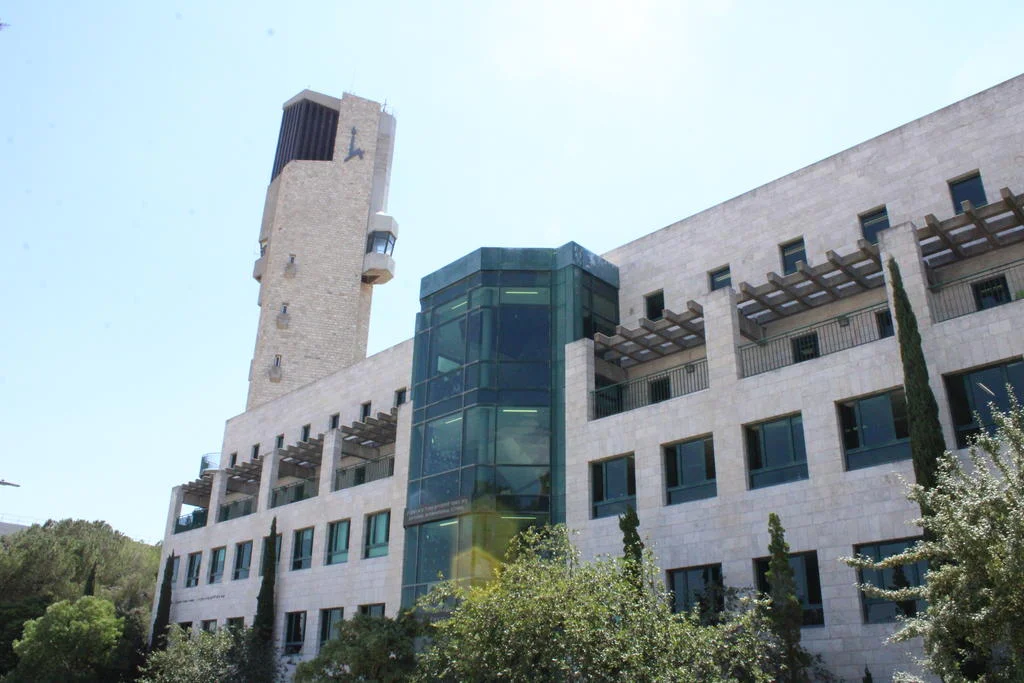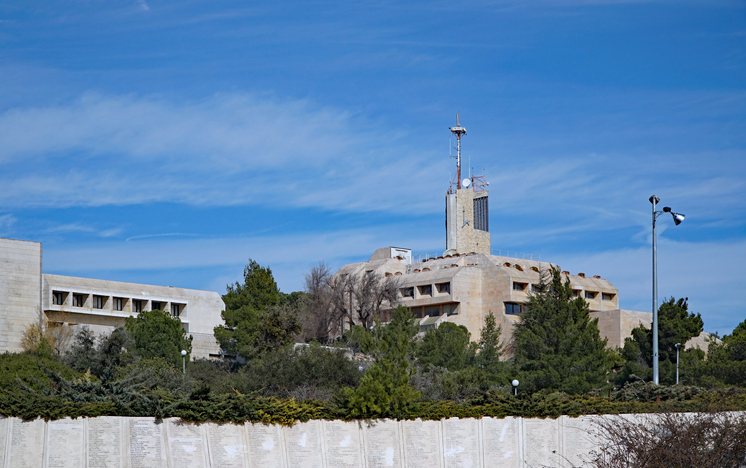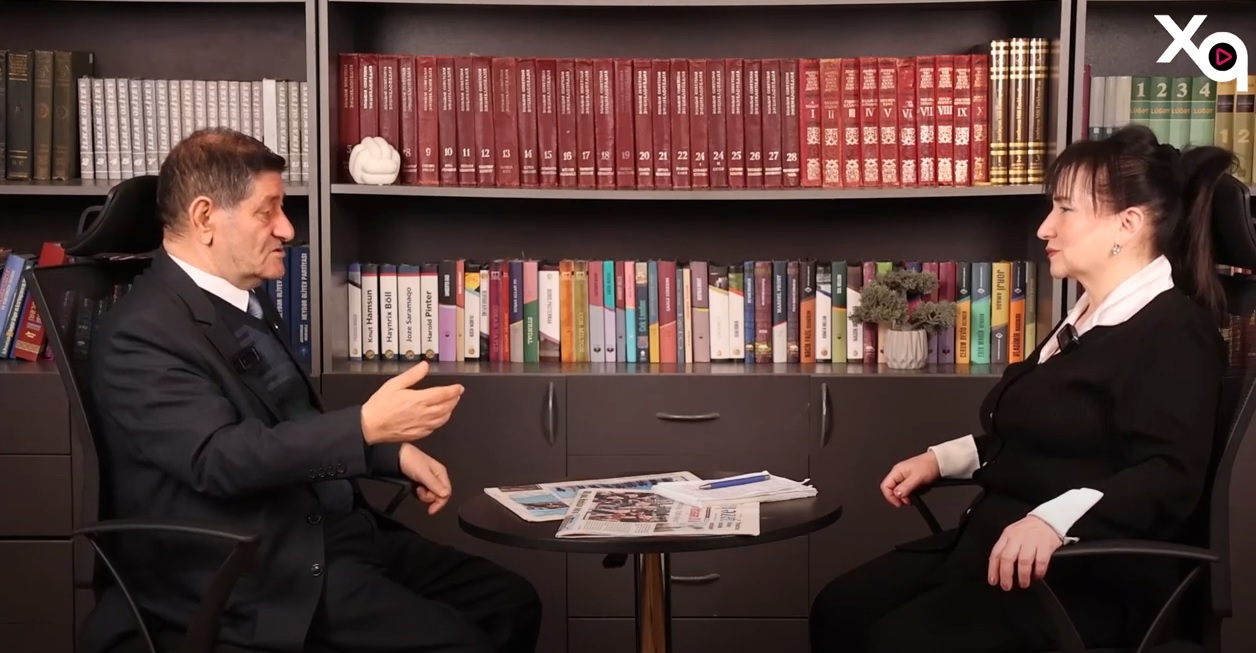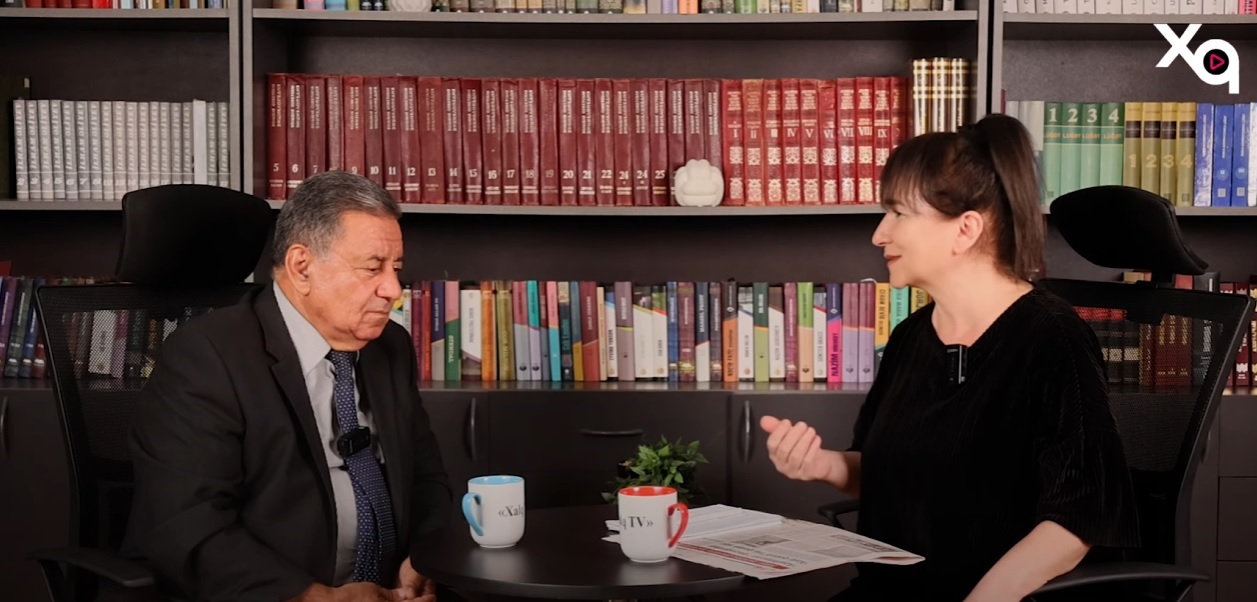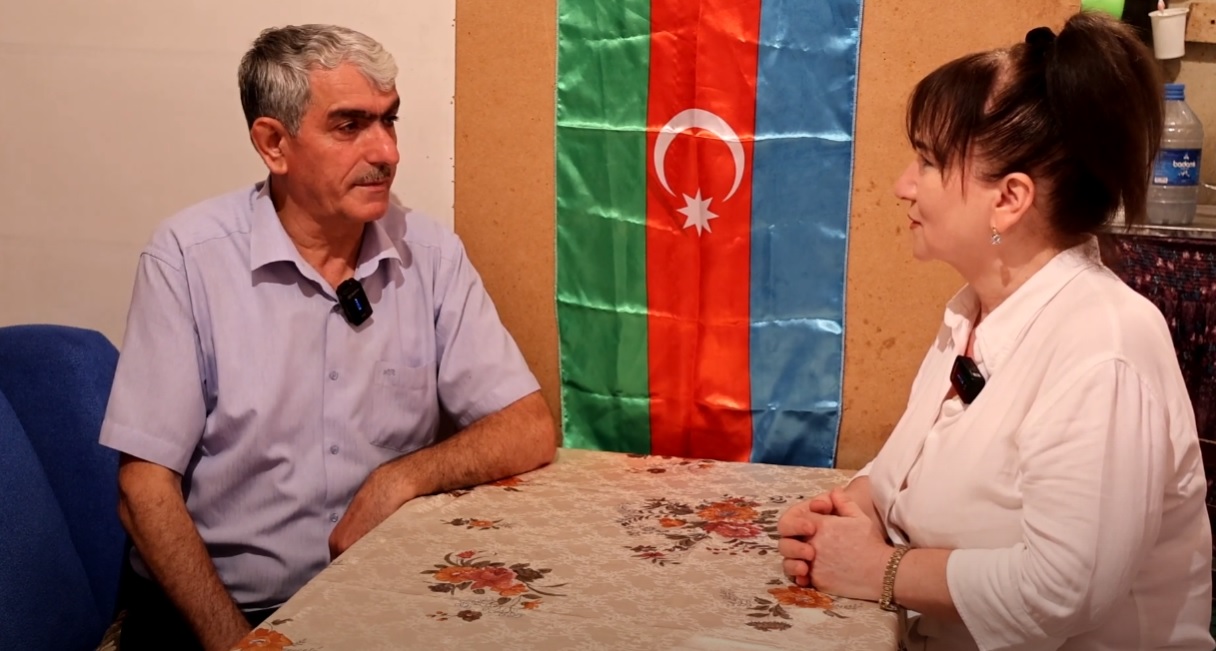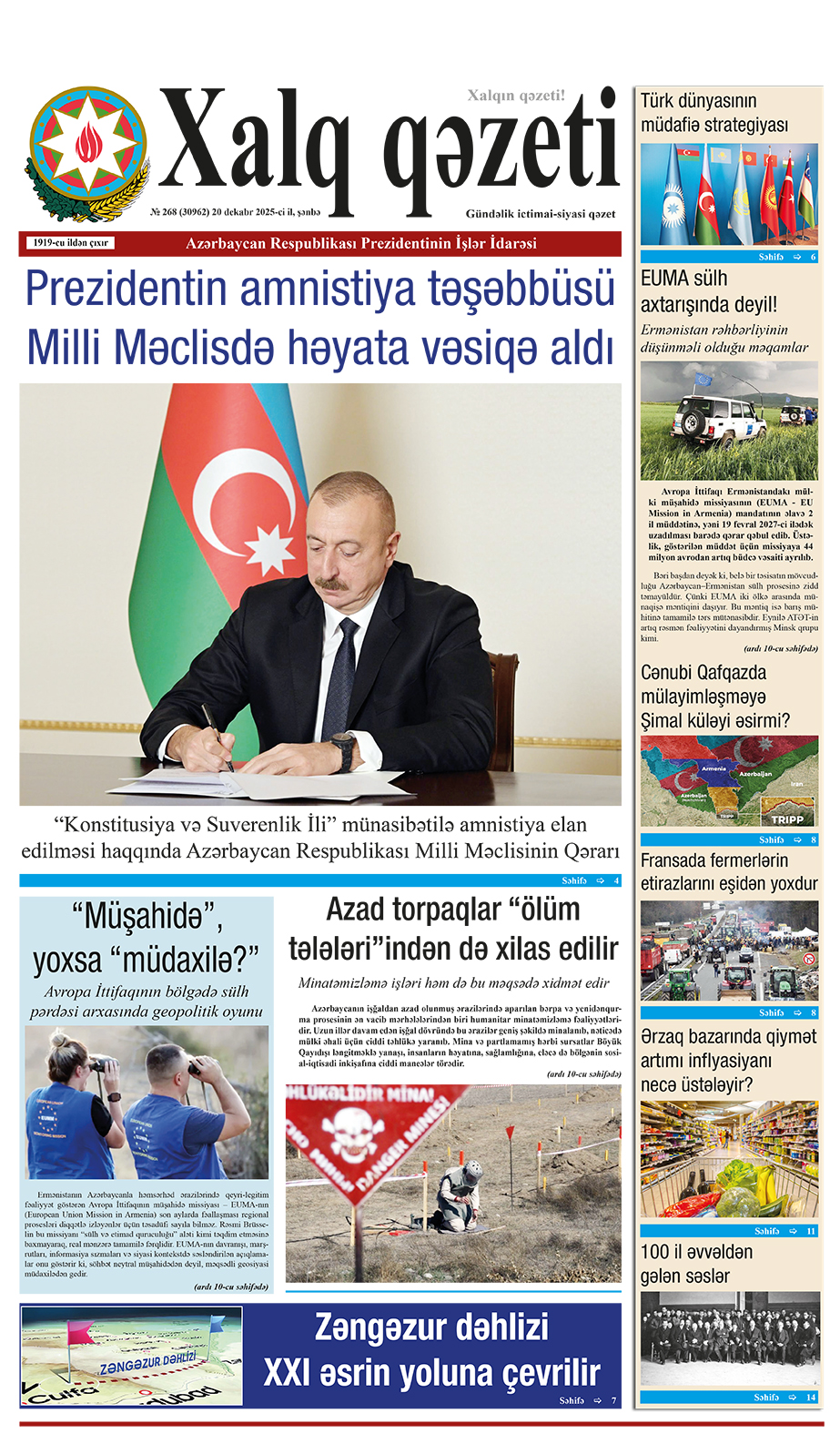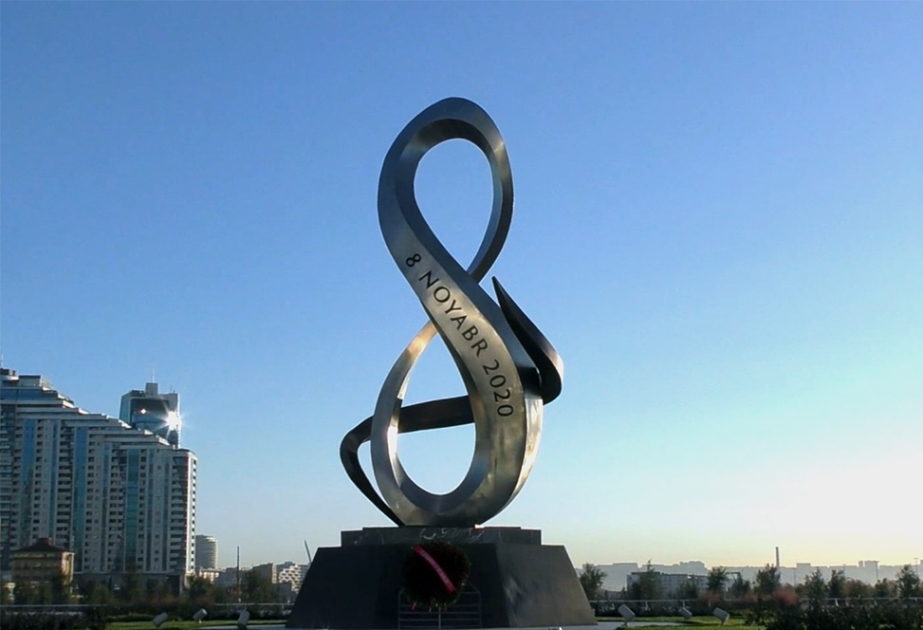By JERUSALEM POST STAFF
Aligned wooden posts suggest site was used for seasonal rituals linked to sowing and harvests.
Archaeologists in the Netherlands uncovered a rare 7th-century open-air cult site near the hamlet of Hezingen. The discovery was prompted by recent finds from metal detecting efforts, which led to archaeological excavations revealing numerous gold and silver coins and artifacts. The site yielded over 190 items, including gold and silver coins, a gold pendant, a silver earring, and other valuables discovered around wooden pillars and a large rock, according to The Independent.
The excavations uncovered seventeen post holes aligned from west to east, with the wooden pillars placed in an exact east-west orientation. This precise alignment suggests that the site may have been used for seasonal rituals linked to sowing or harvests. "The four rows of poles are aligned exactly east-west. Because of the high elevation, the sun rises here at the spring equinox exactly in the east," explained archaeologist Jan-Willem de Kort of the Cultural Heritage Agency of the Netherlands, according to Phys.org.
The findings indicate that the Hezingen site was active for about a hundred years, with offerings placed regularly during this period. Among the offerings were gold and silver jewelry and small gold coins known as tremisses. "I think that this cult site was mainly used by local elites to emphasize their own status, and of course, you do that pre-eminently with valuables," said de Kort, according to Popular Science.
The gold and silver coins and artifacts at Hezingen are valued at 308,600 euros.
Chemical tests of the soil indicate the presence of bones at the site, suggesting that animals were likely sacrificed there. "This place was probably used for appeasing and thanking the gods for the harvest. However, the exact deities worshipped here remain unknown," de Kort said, according to Popular Science.
The Hezingen site has been dated to the 7th–8th centuries CE, and its use seems to have ended around 700 CE, likely due to Christianization, which occurred at least 50 years later. The local elite, possibly associated with Hezingen, likely became Christian earlier or ceased public pagan worship, leading to the site's abandonment by the late 7th or early 8th century.
Christian missionaries referred to the gold and silver offerings at Hezingen as "the devil's money," illustrating the cultural tensions during the period of Christianization, and locals needed to renounce these offerings to become Christianized, as reported by The Independent.
"Perhaps the place was abandoned or even desecrated by missionaries, with almost everything of value taken away. Another possibility is that it was looted by thieves," the research team wrote, according to The Independent. The site's abandonment marks a moment in the region's cultural transition from paganism to Christianity.
Well-excavated cult sites are key to understanding changing ritual behavior during the period of Christianization in Europe, which took place roughly between the 1st and 15th centuries. Sites like Hezingen offer detailed insights into cultic belief systems that existed before the transition. Unfortunately, known examples of well-excavated cult sites are rare, making the findings at Hezingen especially valuable, noted the researchers, according to Newsweek.
The discovery at Hezingen provides an opportunity for researchers to better understand pre-Christian life and rituals in a region where such knowledge is limited. The Netherlands, northern Germany, and Britain have yielded fewer cult sites compared to the Nordic world, which has more numerous and better-understood pre-Christian cult sites. Exactly which gods were honored at Hezingen is not known; however, offerings of such a nature are attested in some medieval missionary texts, as reported by Phys.org.


.jpg)
